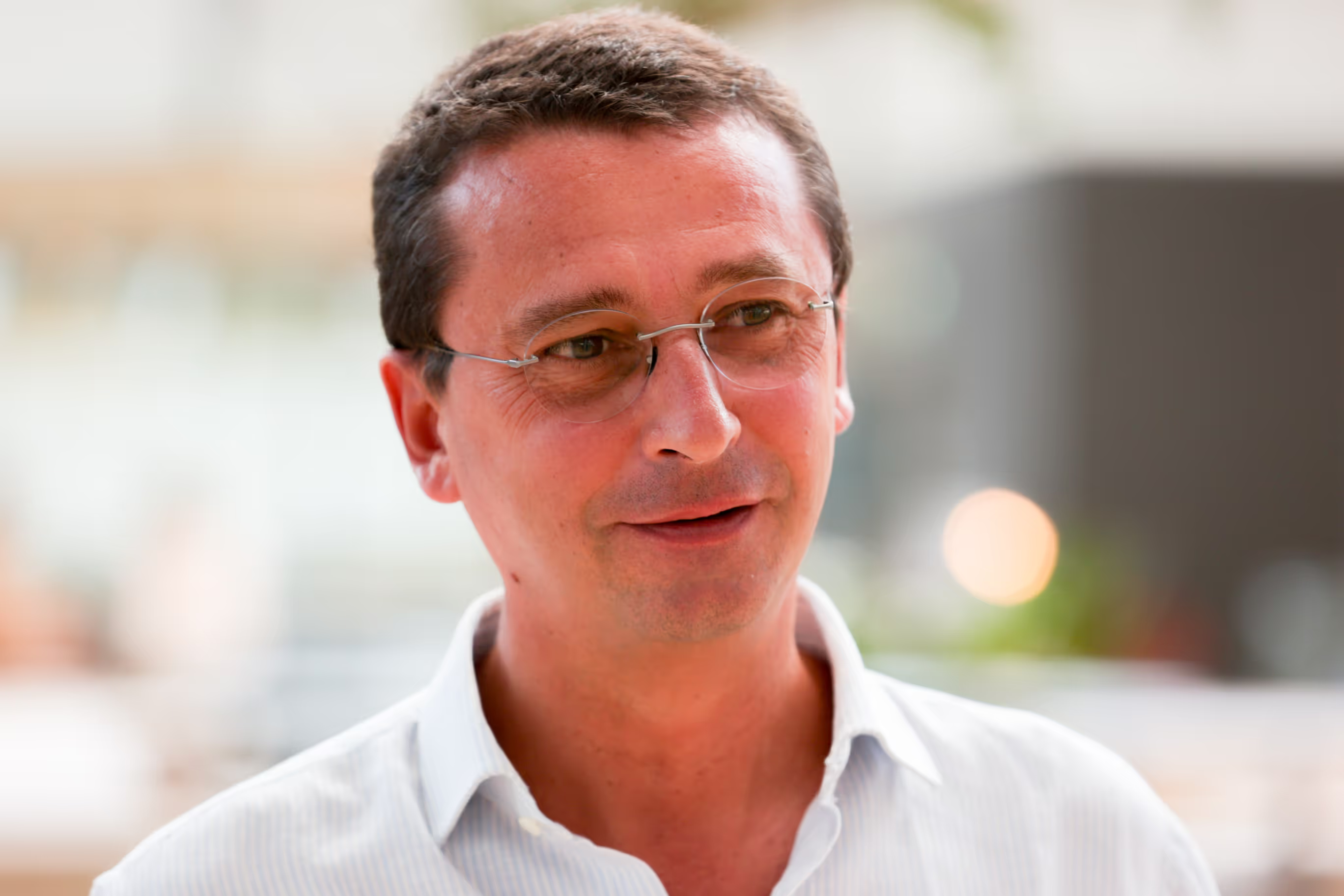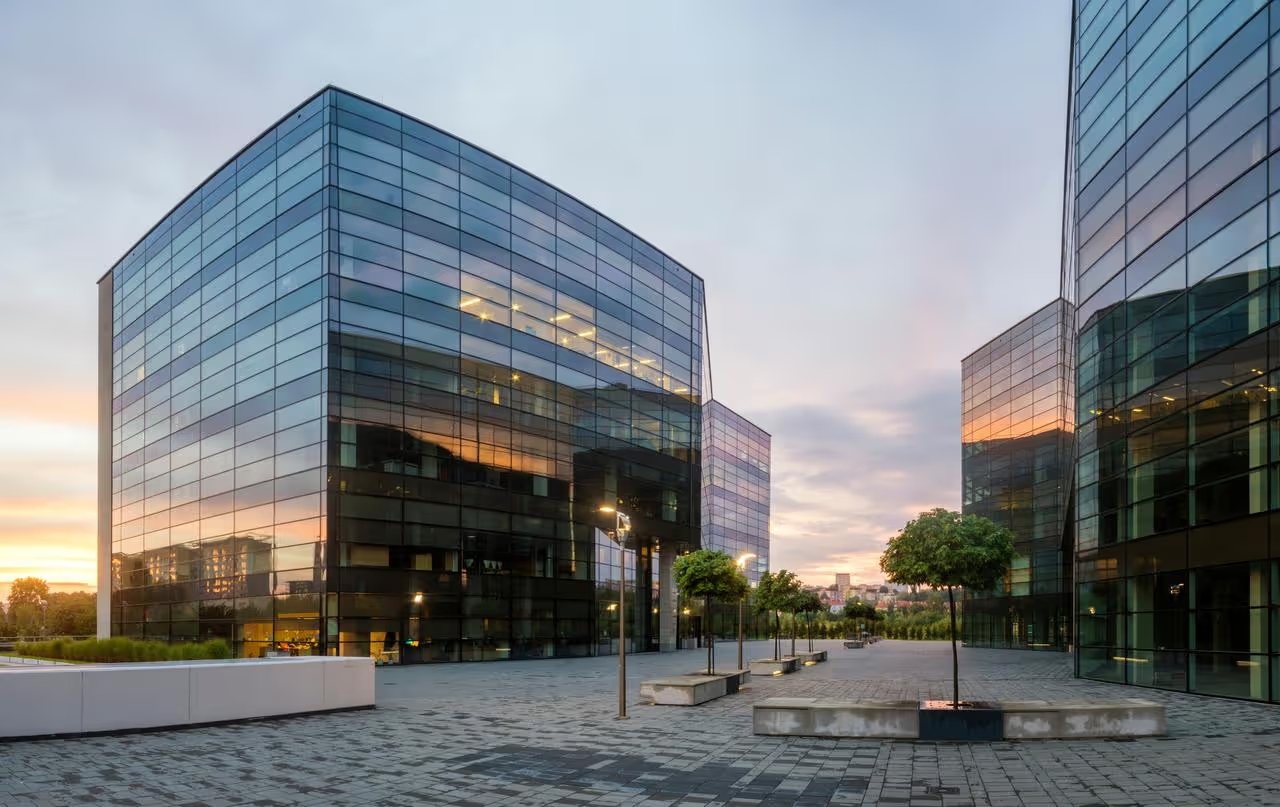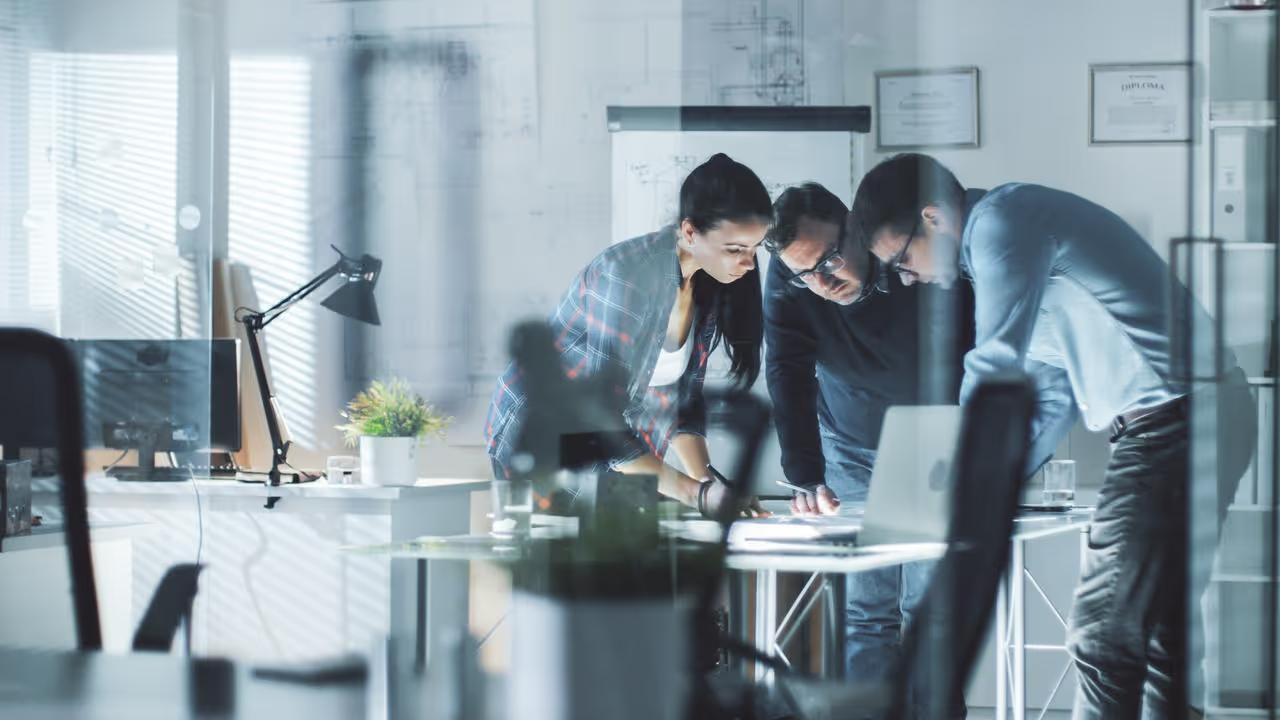dormakaba and openDBL - Interview with Mario Caputi

In today's world, energy management, sustainability, and green buildings dominate conversations. But beyond resource conservation and recycling, what challenges must we tackle to create a truly sustainable future?
Mario Caputi, Managing Director of in2it and member of the openDBL consortium introducing our game-changer: The digital Logbook which acts as a faithful companion to physical entities like buildings or infrastructure.
Through data collection, it unveils fresh perspectives and opportunities to regularly update buildings, showcasing how investments and maintenance efforts contribute to the environment and carbon footprint—in real-time. From weather-related impacts to ever-changing People flow within your spaces, fine-tune environmental influences effortlessly.
So we are talking about the oldest industry - which has 8 or 9 % percent of the GDP of normal European countries- that is going to digitalize itself. This is a huge revolution, but we are on the forefront and we are very proud of it.
My name is Mario Caputi and I'm a consultant. I studied business administration. I'm one of the few that work with Architects, Engineers, Constructors and so on so in the AECO industry.
OpenDBL, which is the name of our project, shall be a digital building logbook. Which means, it shall be the digital companion of a physical entity (which can be a building or high infrastructure). And this living companion must be updated, so that people can have access to it every time from everywhere without paying.
Our task is to bring the relevant information to the relevant people when they need it.
So the biggest challenge is to create something (technologically speaking very difficult) that is open to everybody: from parents of people that go to school, to office employers, to owners.
The largest benefit is to have the possibility to access the relevant information of a building or of civil infrastructure and that are updated.
This can have a huge impact on many professions but for sure facility manager is the key for an openDBL because you can utilize digital tools when you create your BIM model, you can utilize digital tools when you go into the site and you work and construct...
but for 20 years later, you need a tool for the digitalization of the operation of the daily life of a building.
Sustainability is the keyword if you do a sort of assessment audit of any building. And this audit can be checked every two years and you see improvement in these buildings, then you can show that your investment, your maintenance is contributing to the environment.
We liked very much when dormakaba accepted with a lot of enthusiasm to join the consortium. dormakaba is a manufacturer that is not afraid to innovate, to take risks, because if you innovate if you are an innovator you have to take risks.
Having dormakaba in the consortium means that we have a strong player in Europe that can bring a lot of value for the digitalization of the build world, as we say of the US build.
dormakaba is going to deploy its Tools in Italy, in Spain, in Kifissia (Greece), just to test the results.
In 20 years we will still talk about digitalization and revolution and we want to evolve, so open DBL is not to the final point is the starting point of the revolution.




